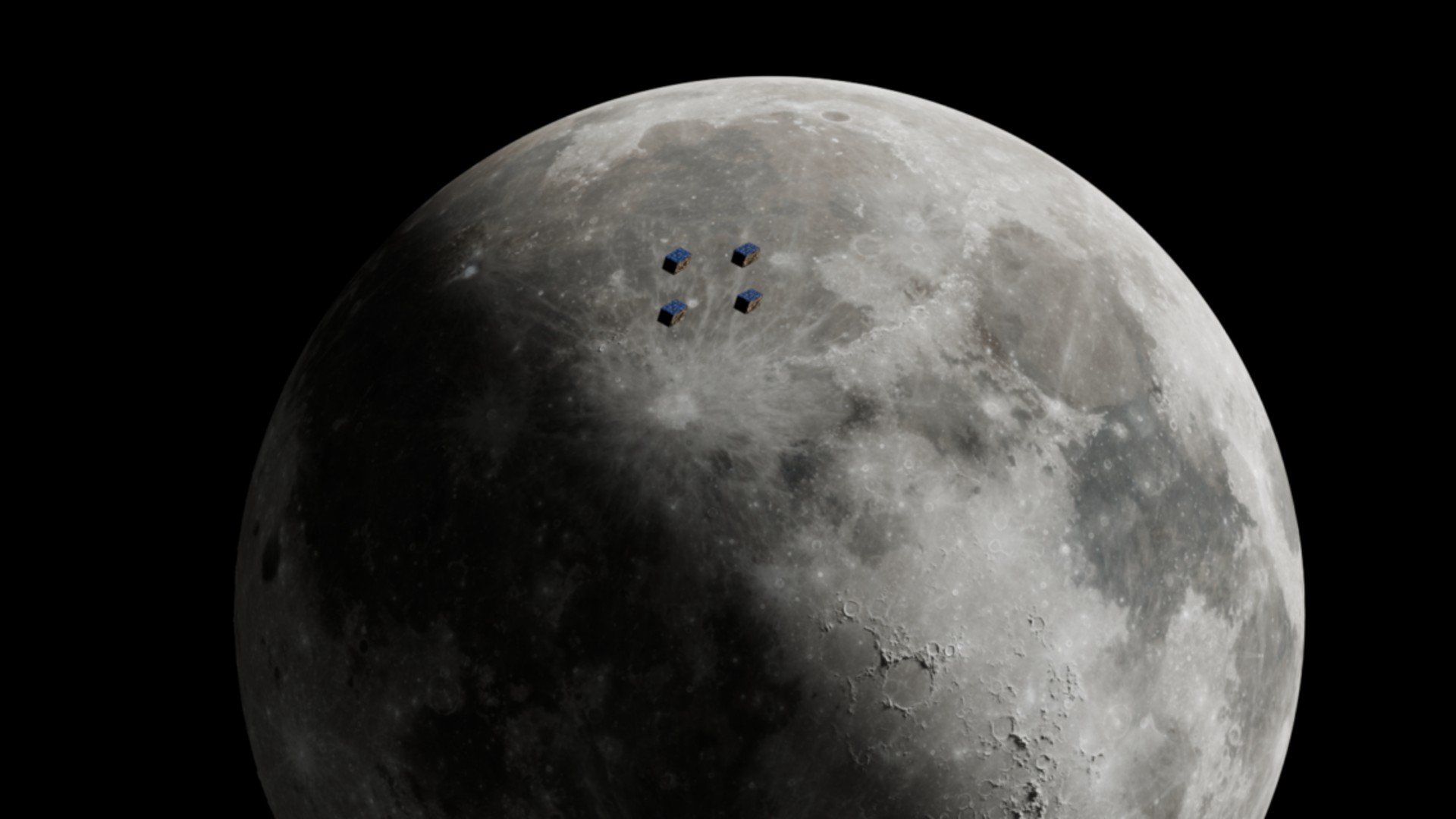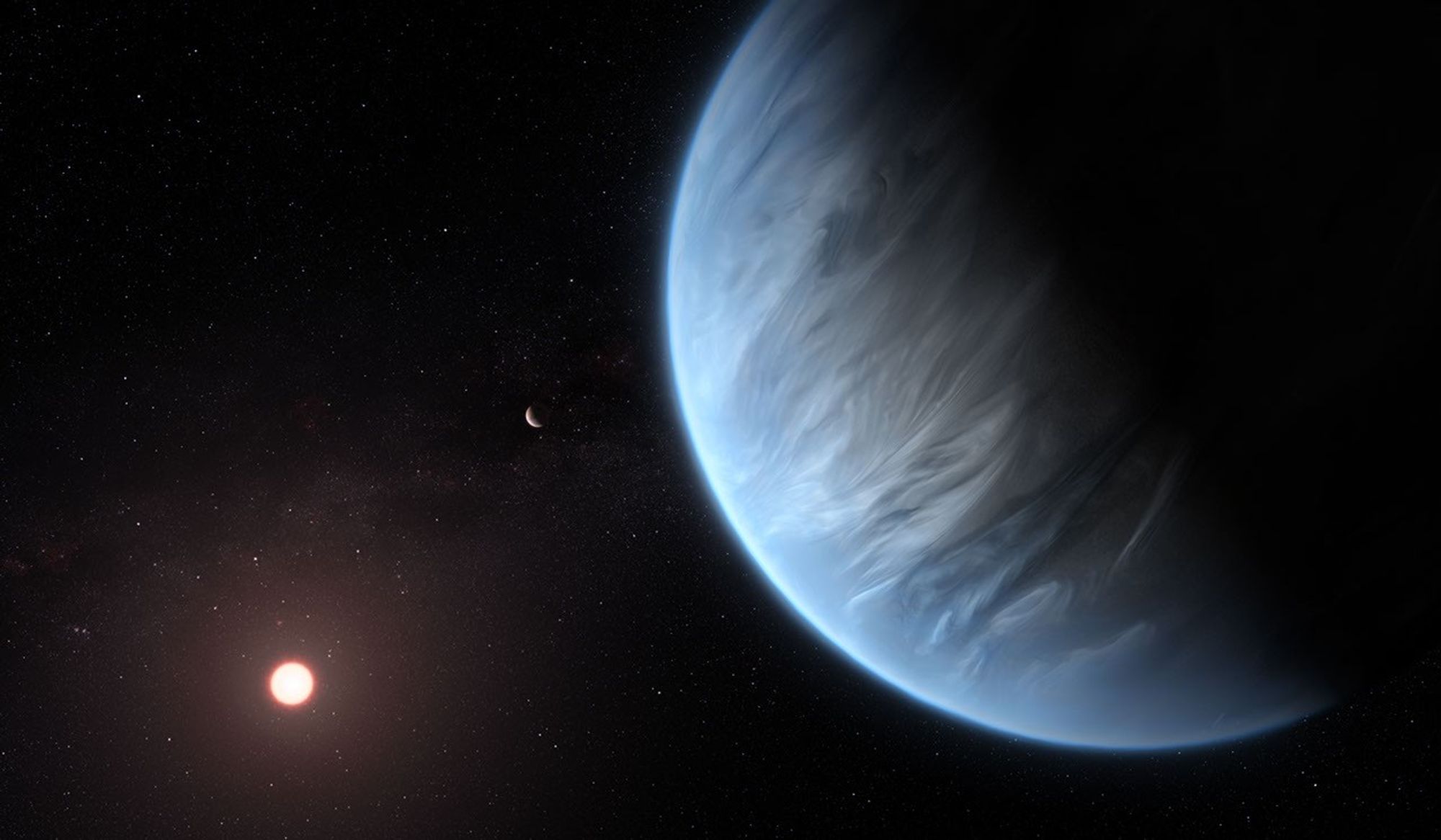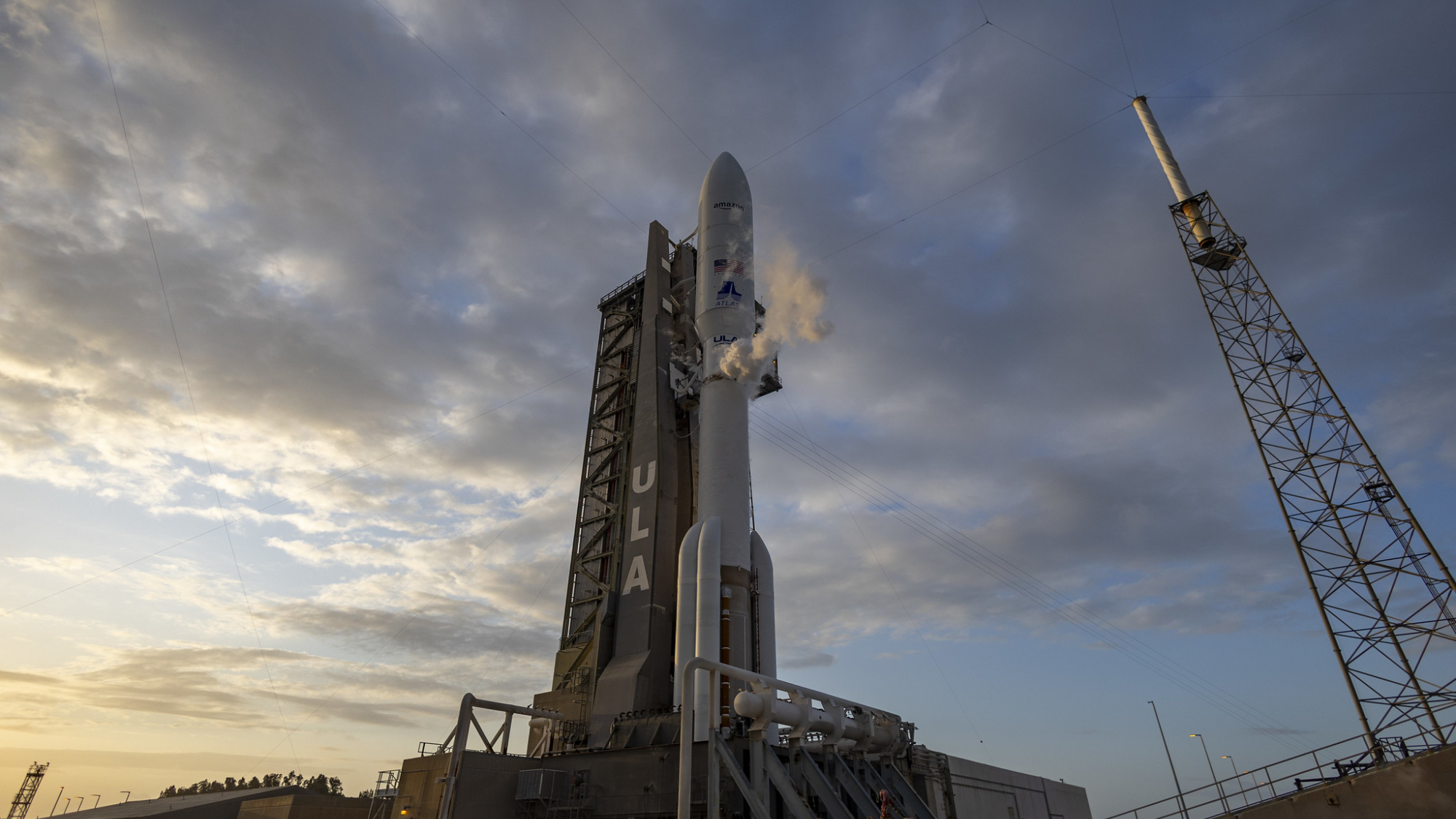Curiosity Rover Finds Hints of a Carbon Cycle on Ancient Mars
Billions of years ago Mars "had a warm, habitable climate with liquid water in lakes and flowing rivers," writes Ars Technica. But "In order for Mars to be warm enough to host liquid water, there must have been a lot of carbon dioxide in the atmosphere," says Benjamin Tutolo, a researcher at the University of Calgary. "The question we've been asking for at least 30 years was where the record of all this carbon is." Tutolo led a new study of rock samples collected by the Curiosity rover that might have answered this question... Curiosity rover was called Mars Science Laboratory for a reason. It went to the red planet fitted with a suite of instruments, some of which even the newer Perseverance was lacking. These enabled it to analyze the collected Martian rocks on the spot and beam the results back to Earth. "To get the most bang for the buck, NASA decided to send it to the place on Mars called the Gale Crater, because it was the tallest stack of sediments on the planet," Tutolo says. The central peak of Gale Crater was about 5 kilometers tall, created by the ancient meteorite impact... The idea then was to climb up Mount Sharp and collect samples from later and later geological periods at increasing elevations, tracing the history of habitability and the great drying up of Mars. On the way, the carbon missed by the satellites was finally found... It turned out the samples contained roughly between 5 and 10 percent of siderite... The siderite found in the samples was also pure, which Tutolo thinks indicates it has formed through an evaporation process akin to what we see in evaporated lakes on Earth. This, in turn, was the first evidence we've found of the ancient Martian carbon cycle. "Now we have evidence that confirms the models," Tutolo claims. The carbon from the atmosphere was being sequestered in the rocks on Mars just as it is on Earth. The problem was, unlike on Earth, it couldn't get out of these rocks... A large portion of carbon that got trapped in Martian rocks stayed in those rocks forever, thinning out the atmosphere. "While it's likely the red planet had its own carbon cycle, it was an imperfect one that eventually turned it into the lifeless desert it is today," the article points out. But the study still doesn't entirely explain what warmed the atmosphere of Mars — or why Martian habitability "was seemingly intermittent and fluctuating". Read more of this story at Slashdot.

Read more of this story at Slashdot.







































































